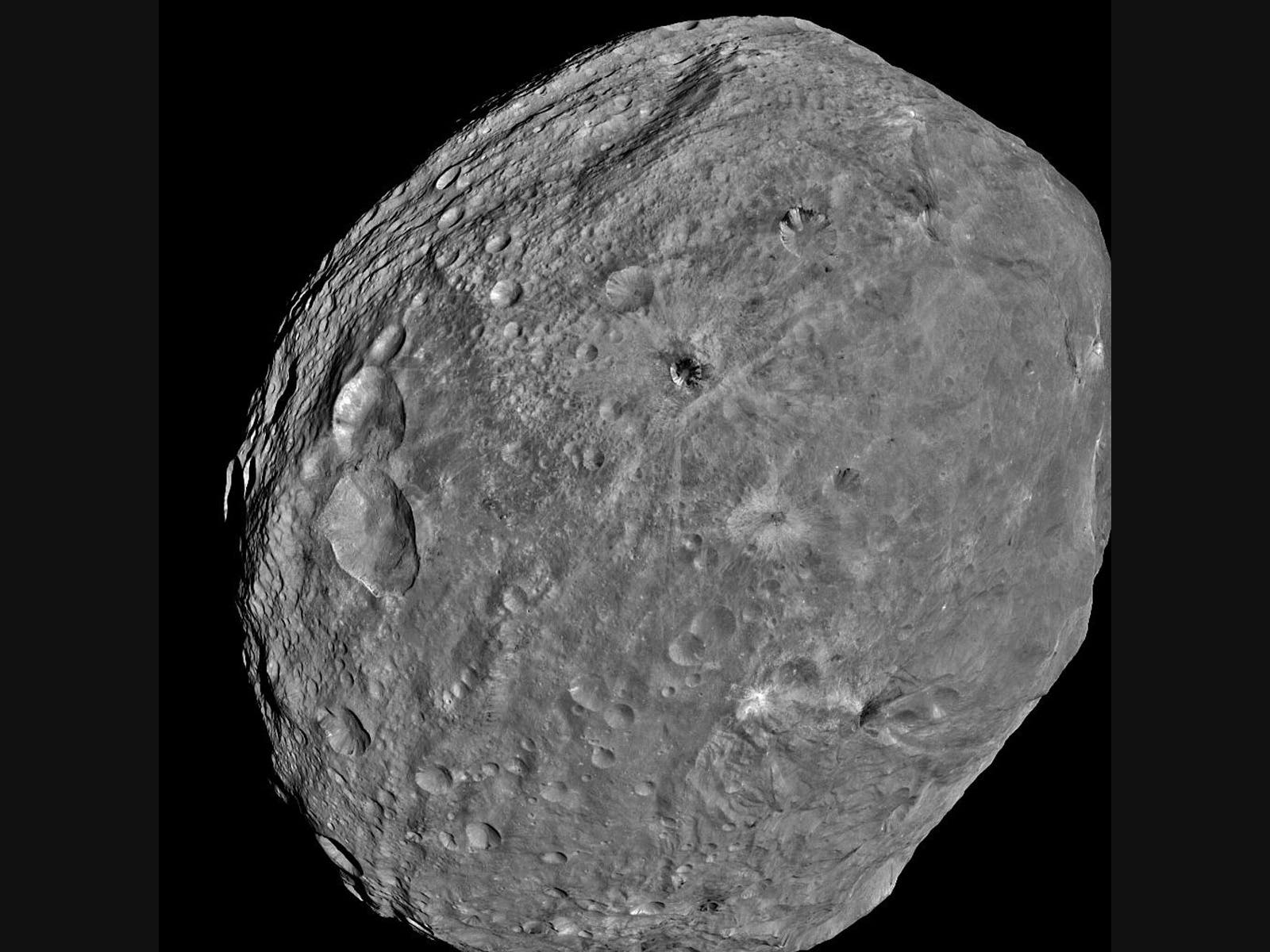Weather
SUV-Sized Asteroid Whizzes Past Earth
At 1800 miles away, it was the closest-ever known encounter of an asteroid with Earth.

PASADENA, CA — An asteroid roughly the size of an SUV whizzed past Earth over the weekend at a distance of about 1,830 miles, the closest-ever known encounter with such a space object, NASA and Pasadena-based Jet Propulsion Laboratory announced Tuesday.
"It's really cool to see a small asteroid come by this close, because we can see the Earth's gravity dramatically bend its trajectory," Paul Chodas, director of the Center for Near-Earth Object Studies at JPL, said in a statement. "Our calculations show that this asteroid got turned by 45 degrees or so as it swung by our planet."
The Near-Earth Asteroid, or NEA, flew past the Earth roughly over the southern Indian Ocean just after 9 p.m. California time Saturday, according to JPL. The space rock known as asteroid 2020 QG was about to 10 to 20 feet long. The image was taken six hours after the closest point of approach as the asteroid was heading away from Earth.
Find out what's happening in Pasadenawith free, real-time updates from Patch.
Although it passed safely by Earth, if it had flown directly at the planet, it likely would have broken up in the atmosphere, officials said. In space terms, the asteroid was considered to be very small. JPL and NASA official said there are "hundreds of millions" of such small asteroids, and they are hard to detect until they get "extremely close" to Earth. Only a few asteroids ever get this close to Earth, JPL said.
This weekend's asteroid was moving about 8 miles per second, and it actually wasn't detected until about six hours after its closest approach to Earth.
Find out what's happening in Pasadenawith free, real-time updates from Patch.
"It's quite an accomplishment to find these tiny close-in asteroids in the first place, because they pass by so fast," Chodas said. "There's typically only a short window of a couple of days before or after close approach when this small of an asteroid is close enough to Earth to be bright enough but not so close that it moves too fast in the sky to be detected by a telescope."
JPL officials noted that while the asteroid now holds the record for making the closest flyby of Earth, many similar small asteroids actually impact the planet every year.
In 2005, Congress assigned NASA to find 90 percent of near-Earth asteroids 460 feet or larger. Larger asteroids that would pose a greater threat if they ever struck the planet are much more easily detected at a farther distance, officials said.
— City News Service contributed to this report.
Get more local news delivered straight to your inbox. Sign up for free Patch newsletters and alerts.